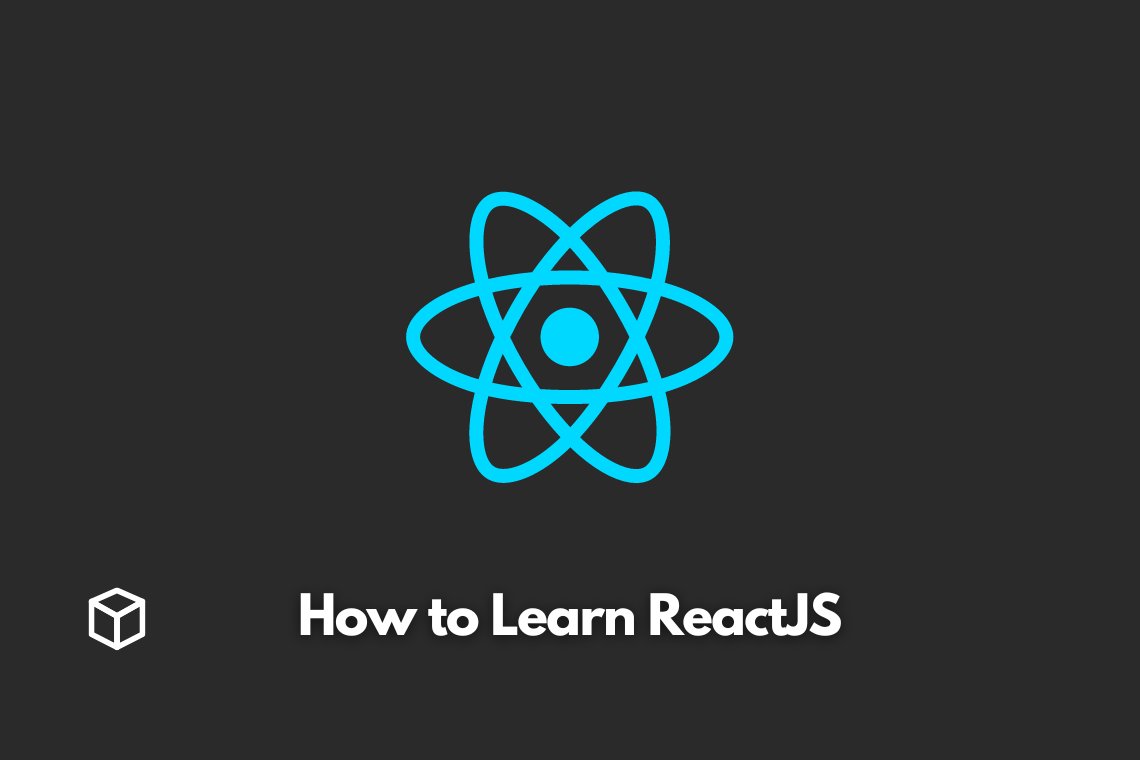In this article, we’re going to take a closer look at the basics of ReactJS, including the component-based structure and working with JSX.
Now, let’s talk about JSX. JSX is a syntax extension for JavaScript that allows you to write HTML-like elements in your JavaScript code.
It may look a bit strange at first, but you’ll quickly get used to it. Essentially, JSX allows you to write JavaScript that looks like HTML.
For example, you can create an HTML element in JavaScript like this:
const element = <h1>Hello, world!</h1>;
JSX is a powerful tool and it’s what allows React to create and update the components on your page.
First, let’s talk about components. In React, everything is a component. A component is a piece of code that represents a part of your application’s UI.
For example, a button, a form, or a section of the page can all be their own components. This allows for easy reuse of code and makes it easier to manage and maintain your application.
There are two types of components in React: class components and functional components.
Class components are created using a class and have access to additional features such as lifecycle methods and state.
Functional components, on the other hand, are just plain JavaScript functions and are typically used for simpler components that don’t need access to those additional features.
In this section, we’ll be taking a look at both types and how to create them.
Let’s start with class components. To create a class component, you’ll need to use the class keyword and extend the React.Component class. Here’s an example of a simple class component that renders a “Hello World” message:
class HelloWorld extends React.Component {
render() {
return <h1>Hello World</h1>;
}
}As you can see, the class component has a single method called render(). This method is responsible for returning the JSX that will be rendered on the page.
Now let’s take a look at functional components. A functional component is just a plain JavaScript function that takes in props and returns JSX. Here’s an example of a functional component that also renders a “Hello World” message:
function HelloWorld(props) {
return <h1>Hello World</h1>;
}As you can see, functional components are a bit simpler than class components, but they don’t have access to additional features like lifecycle methods and state.
Once you have created your components, you can then use them in other parts of your application by including them in your JSX.
<HelloWorld />Creating components in React is the backbone of building a React Application, and with this understanding, you are one step closer to building your own React Application. Keep exploring and experimenting with building different types of components, and you’ll soon be a pro at it!
Are you ready to take your React skills to the next level and build your own application? Well, strap on your development boots, because we’re about to jump into building a fully-fledged React app!
First things first, you’ll need to set up a development environment. This typically involves installing Node.js and creating a new project using a tool like create-react-app. This tool will set up a basic project structure for you, including a src directory where you’ll be doing most of your work.
Once your development environment is set up, it’s time to start building out your application.
The best way to approach this is to break your application down into smaller, manageable pieces – aka components! By thinking in terms of components, you can build your application one piece at a time, testing and debugging as you go.
As you build out your components, you’ll also need to think about how they interact with each other and how data is passed between them.
This is where state management comes into play. You can use the built-in state object or a library such as redux to manage the state of your application.
As you build your application, you’ll also want to pay attention to the user experience. Make sure your application is easy to navigate and that it provides a good user experience.
Once your application is built, you can then test it locally and make any necessary adjustments. Once you’re happy with it, you can then deploy it to a production server for others to use.
Building your own React application is a great way to solidify your understanding of the framework and it’s an exciting and rewarding experience.
Keep experimenting and building, and who knows, you might just end up creating the next big thing!
In conclusion, ReactJS is a powerful tool for building user interfaces, and with this guide, you now have the knowledge and resources to start building your own React applications.
From setting up your development environment to building and deploying a complete application, you’ve learned the key concepts and best practices for becoming a React pro.




